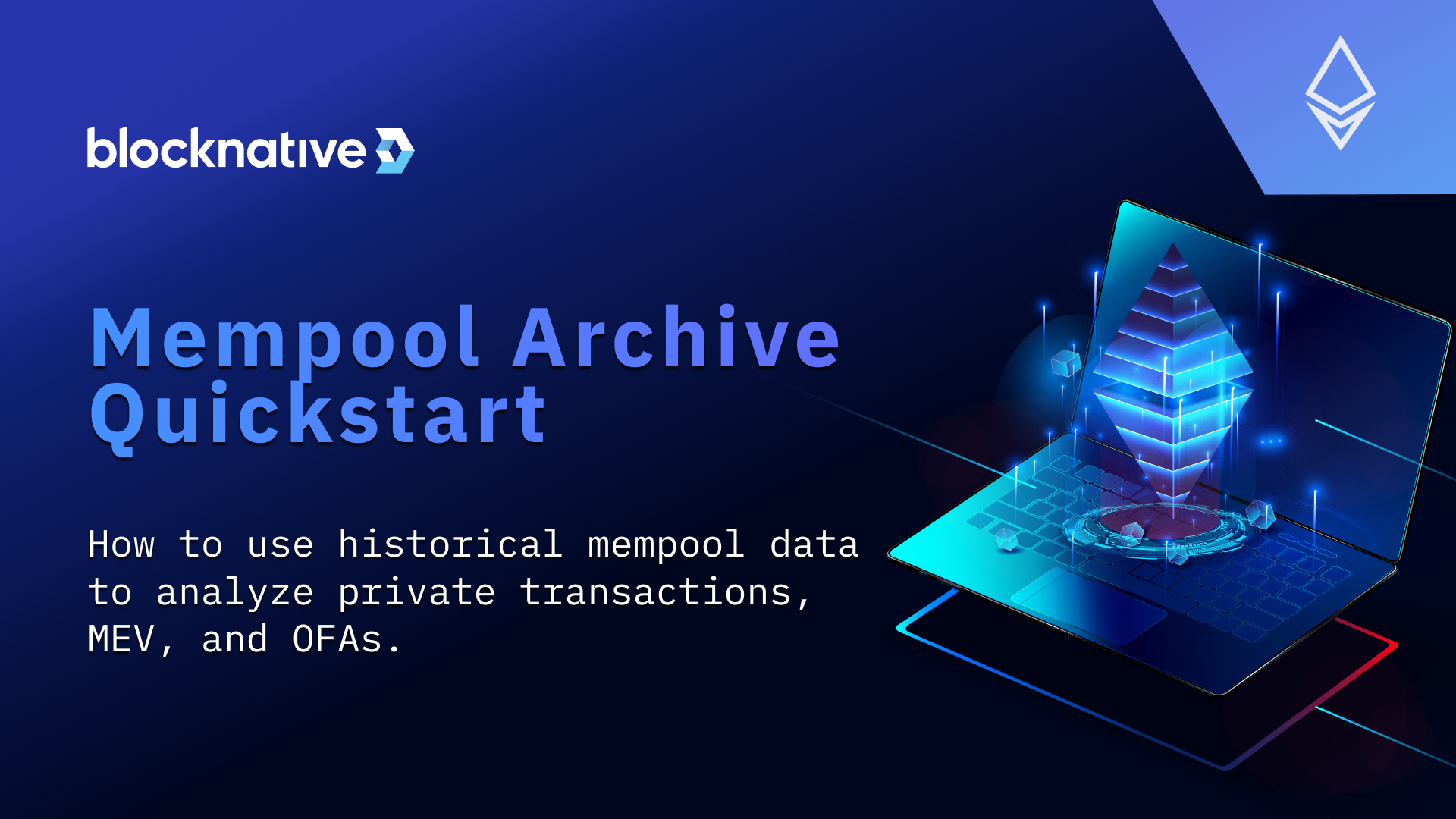User engagement is the goal of nearly every product ever built on the web. But its an incredibly hard thing to define. Why? Because engagement is rooted in the in-determinant world of end-user psychology. Engagement is driven by a mix of users' expectations, hopes, desires, and fears. It's challenging to predict what features will make a positive impact.
But engagement is crucial to building and scaling.
While at Web3 Summit, the teams at Blocknative and Flex Dapps collaborated in creating the Burner Wallet experience for the conference. And to highlight the lessons learned from driving Web3 user engagement, Matt Cutler (CEO and co-founder of Blocknative) and Tom Nash (CTO and co-founder of Flex Dapps) were invited to talk at the conference's main stage.
In this post, we've distilled their lessons into 4 key takeaways for anyone building on Web3.
4 Lessons For Builders:
1. Get Out And Talk To Users
User engagement is difficult to measure. One of the clearest ways to know what's working (and what's not) is to get out and talk to users. Structure tests to watch users accomplish various tasks. Have them talk you through what they are doing and what they are thinking while using your Dapp.
What they say might surprise you.
Make sure to record your findings. You will want to re-run these tests in the future and compare results as you re-run tests.😉

The Flex Dapps team talking to users at Web3 Summit about their Burner Wallet experience
2. Create Hypotheses And Test Them Rigorously
Speaking to your users should reveal several insights about opportunities for your Dapp. Distill these opportunities into tests. Hone in on the one that you believe will make the most impact for your Dapp's engagement.
 Progressive tests for Flex Dapps' Burner Wallet experiments
Progressive tests for Flex Dapps' Burner Wallet experiments
By testing one hypothesis at a time, you can hone in on what factors are driving engagement. This process of testing and learning is fundamental to effective iterative design (note: Kaizen (改善) is the process of continual improvement. It's a mental model that is worth exploring.). And that iterative testing can help you unlock new insights into how users engage with your Dapp.
3. Focus On Understanding Your Users' Emotional State When They're Engaging With Your Dapp
When someone arrives at your Dapp, take a moment and think about why they are here and what they want to get out of this experience. If you provide users with a barrier to what they want that feels arbitrary (even if its due to technical constraints), then they are likely to leave your Dapp.
4. Don't Let Sunk Costs Prevent You From Creating An Engaging Experience
Always return to your Dapp with a fresh perspective - focused on what your users want to achieve while using it. During their talk, Tom told us:
We wanted to use technology that made the transaction experience really seamless and instantaneous. And so we thought OK well we are going to scrap the whole thing and redesign it from the ground up.
After testing and learning, you may realize that what you've built has a fundamental flaw in it. And sometimes, you have to be OK with starting from the ground up to create a self-explanatory and seamless experience.
Watch The Full Talk:
Provide Your Users With Real-Time Feedback To Increase Engagement
Blocknative makes it easy for your Wallet or Dapp to provide users with accurate, real-time transaction notifications. The Notify API emits events describing every state change for every relevant transaction. And with Blocknative, you can ensure your Dapp provides accurate notifications for Speed Ups and Cancel transactions.
Providing your users real-time updates on the full spectrum of blockchain transactions increases engagement, improves retention, and drives growth.
To learn more about how Blocknative can improve your Dapp's engagement, schedule a demo:
Observe Ethereum
Blocknative's proven & powerful enterprise-grade infrastructure makes it easy for builders and traders to work with mempool data.
Visit ethernow.xyz
.png)

